When you think of STEAM (Science, Technology, Engineering, Art, and Math) education, you might picture complex projects, step-by-step instructions, or even printable worksheets. But what if I told you that play—something as simple as building with blocks or drawing with chalk—can be one of the most effective ways to engage preschoolers in STEAM learning?
In this post, we’ll explore how play-based learning can transform the way young children interact with STEAM concepts, fostering creativity, critical thinking, and a lifelong love of learning.
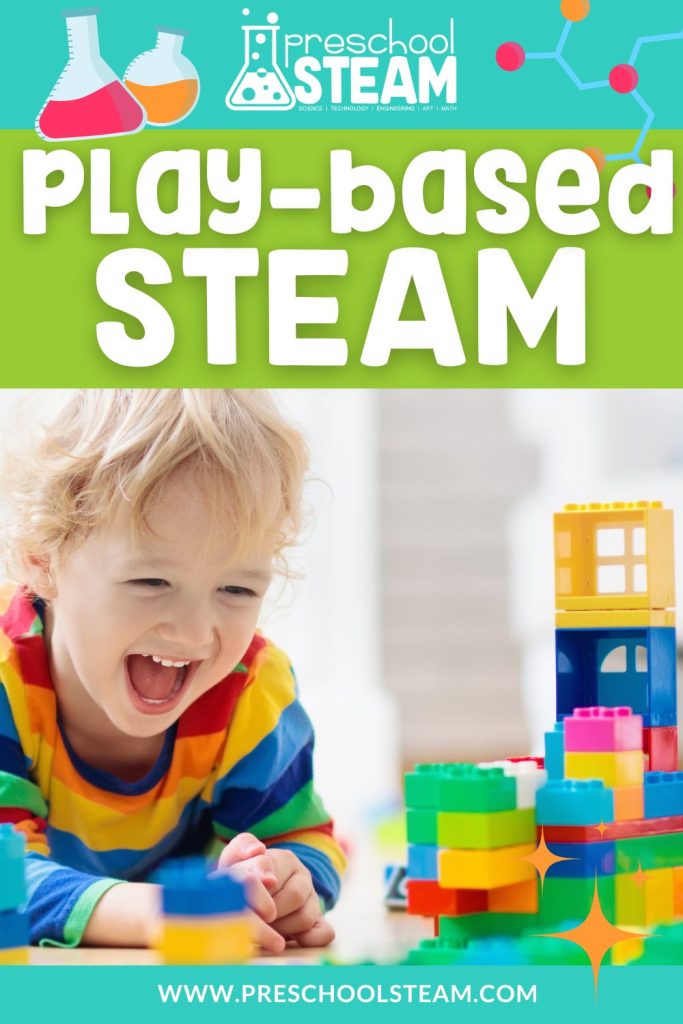
What is Play-Based Learning?
Play-based learning is exactly what it sounds like—learning that happens through play. For preschoolers, play is a natural way to explore the world around them, express their creativity, and test out new ideas. When we allow children to lead their learning through play, we give them the freedom to experiment, make mistakes, and discover new solutions on their own.
In a play-based learning environment, the focus is not on achieving a specific outcome but on the process of exploration. This approach supports deeper engagement because children are more likely to stay focused and curious when they are doing something that feels fun and exciting. Play-based learning can take many forms, from imaginative play to hands-on building projects, and it allows children to connect with STEAM concepts in a way that feels organic and meaningful to them.
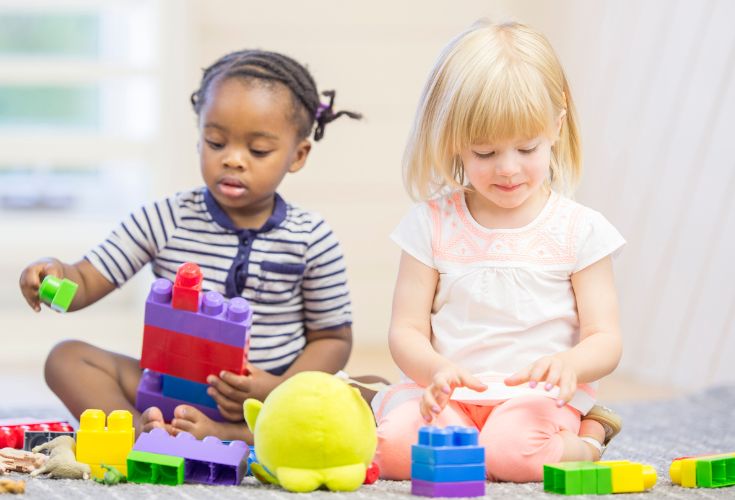
The Benefits of Play-Based STEAM Learning
Play-based STEAM learning goes beyond simply having fun—it actively engages young learners in ways that support their development across multiple domains. Here are just a few of the benefits:
- Fosters Creativity and Innovation
Play-based learning encourages children to think outside the box, experiment with new ideas, and try out different solutions to problems. This creativity is essential in STEAM education, where innovation is key to solving real-world challenges. - Promotes Critical Thinking and Problem-Solving
When children play, they are often faced with problems that need to be solved, whether it’s how to balance a tower of blocks or figure out why their paper airplane won’t fly. Through play, they learn to think critically about the problem at hand and come up with their own solutions. - Encourages Collaboration and Communication
Many play-based activities naturally lend themselves to group work, allowing children to practice important social skills like collaboration, sharing ideas, and listening to others. These skills are vital in STEAM fields, where teamwork and communication are often essential. - Supports Whole Child Development
Play-based learning helps children develop cognitive, social, emotional, and even physical skills as they engage in activities that challenge their minds and bodies. This holistic development sets the stage for future academic success in STEAM and beyond.
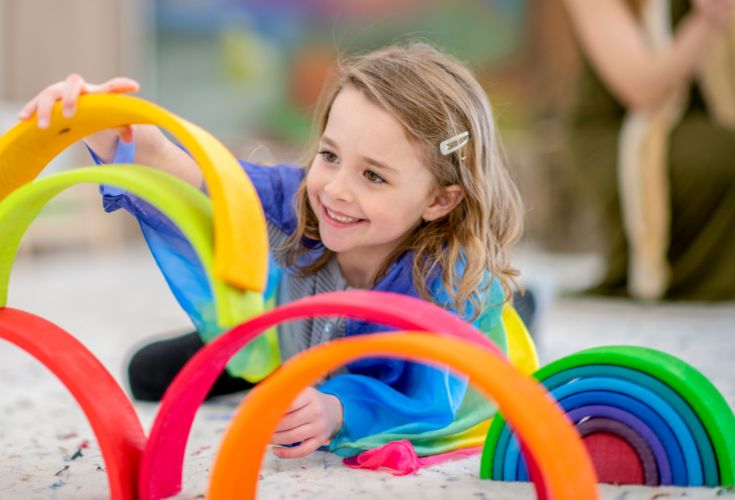
Integrating STEAM Concepts into Play
The beauty of play-based learning is that STEAM concepts can be woven into everyday activities in a way that feels seamless and enjoyable for young learners. For example, building a block tower involves engineering principles like balance and stability, while mixing colors during art time can introduce basic chemistry. Even sorting objects by size or shape during free play ties into early math and science skills.
The key is to follow the child’s lead. Provide open-ended materials like building blocks, art supplies, and natural elements, and allow children to explore them in their own way. You can gently guide the learning by asking questions that prompt deeper thinking, such as “What happens if we add one more block?” or “Why do you think the paint changes color when we mix it?”
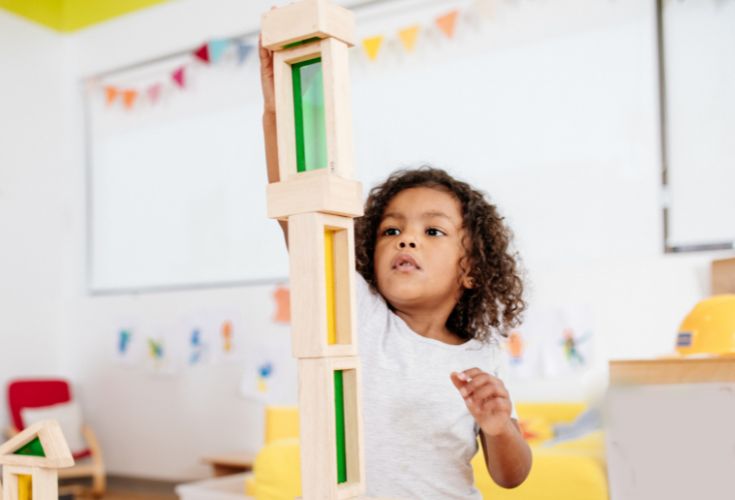
Shifting the Focus from Outcome to Process
One of the most important shifts that play-based STEAM learning makes is from focusing on the outcome of an activity to focusing on the process. In traditional STEAM activities, there is often a clear end goal, such as building a specific structure or completing a task in a set way. But in play-based learning, the emphasis is on the journey—the experimenting, the problem-solving, and the discovery.
This approach allows children to take ownership of their learning, giving them the confidence to try new things, take risks, and learn from their mistakes. It also fosters a sense of wonder and curiosity that can inspire a lifelong love of learning and exploration.
Play-based learning transforms STEAM education by putting the focus on exploration, creativity, and problem-solving rather than rigid tasks and outcomes. It encourages young learners to engage with STEAM concepts in a way that feels natural and exciting, supporting their development across multiple areas. By embracing play-based learning, you can help your preschoolers develop the skills and mindset they need to succeed in STEAM—and in life.
Remember, the magic of play-based STEAM learning is in the process. Give children the freedom to explore, experiment, and discover at their own pace, and watch as they uncover the joy and wonder of learning through play.
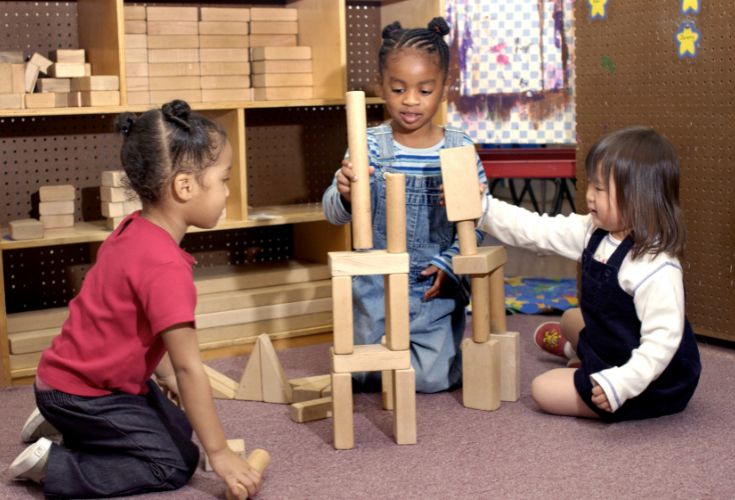
Leave a Reply